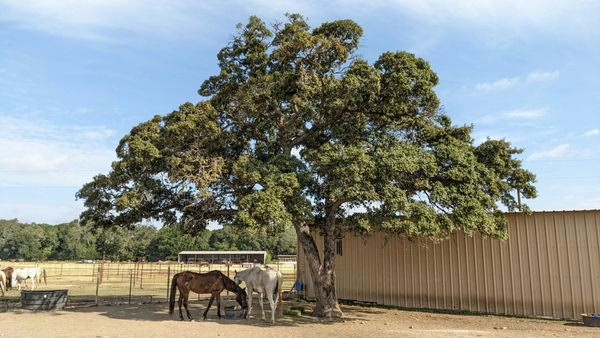January 28 @ 7:00 pm – 8:00 pm
Arrive at 6:30pm to share or find native plants at the Plants x Donation table.
This will be a “hybrid” meeting, attend in-person or online.
- In person: The Gathering Center at the Urban Ecology Center at Phil Hardberger Park, 8400 NW Military Hwy
- Online: Please register in advance to attend via Zoom.
Presentation by Michael Nentwich. Stressed Out: A Look at Tree Health in San Antonio and How to Strengthen Our Urban Landscape.
Join us for a discussion about the stresses on our urban forest in San Antonio with Bexar Branches Alliance President Michael Nentwich. Is it the extreme heat during the summer, the extended heat waves, the severe cold events, the extended drought, or all of it? Once we can identify and name the stresses, let’s consider what we can do to maintain tree health and diversity in Bexar County.
Michael has more than 15 years of experience in community forestry management and program development. Currently the President and founder of Bexar Branches Alliance, Michael previously was San Antonio’s first City Forester and later served as City Forester with the City of Norfolk, Virginia. He has a BA in Environmental Science and MS in Forestry from Stephen F. Austin University.
If you are attending in person, there is no need to register. However, if you are attending via Zoom, please register here before the meeting begins as late registration and entry will not be allowed. After registering, you will receive a confirmation email containing information about joining the meeting.
Note: The Zoom meeting is limited to 100 viewers at any time. If our Zoom meeting participants exceed that number online, you may not be able to access the meeting live. We apologize for the inconvenience, but the meeting will be available within days after the meeting on our YouTube channel.




